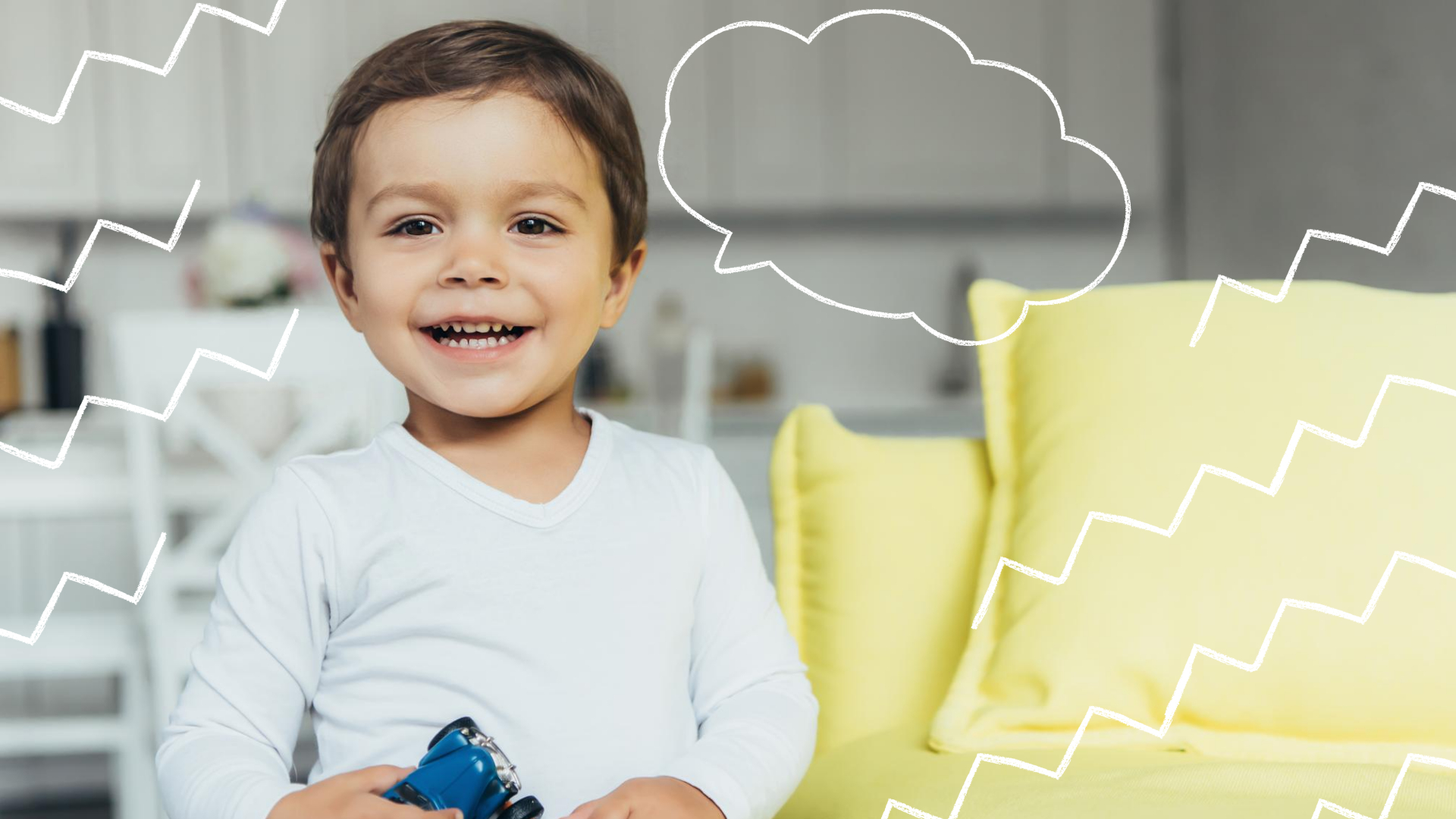
When Do Kids Start Talking? Resources to Increase Speech
When do kids start talking? Typically, they start babbling around six months and begin formulating words around 10 to 15 months. Most children will start pairing words into phrases around 18 months. This is, of course, a very generic milestone description that is based on the average of children globally. Your child could be very different – perhaps they start speaking later or very early on. The important thing for us as parents is to note the milestones but not obsess over these. We are all different; we develop differently. We usually perform better when we receive the means to develop, yet not the added pressure to reach milestones similar to our peers or siblings. But how do we ensure we are providing all of this as parents? De Oliveira & Fabbron (2021) reported the importance of play in increasing speech and language targets.
It is vital to provide the resources and stimulation to encourage our children to reach their full potential. We can note down when and if we are concerned about milestones missed. As parents of your children, you are the experts – you know when something “feels wrong” or if there is a reason to be concerned. Trust your intuition and speak with a professional, such as your pediatrician, if you feel something feels wrong with your child’s development. Sometimes you might even want to get a second opinion if you think your doctor is downplaying your concerns. Again, you know your child best.
Resources to increase speech:
We can provide our kids with ways to increase and improve their speech when they start talking, though. The “expose, expand and entertain” method, which I speak about with parents, is helpful.
Expose
Find out what your child enjoys looking at. Make a list of this, but show them various options to test if there aren’t any other interests. You can probe various fidget toys, soft toys, book characters, and sensory input, such as different sounds. When your child enjoys a specific character, find more of these types of toys or items. Place it in a toy box for easy access.
Expand
Once you have a box of toys or items that your child enjoys, you can expand on their repertoire of words associated with these items. When your child picks up a toy, you can pair it with a sound or word. For example, if they like looking at colorful animal toys, you can make the animal sound when you hand it over to your child to play with. When this animal (perhaps it is a fish) does a trick or jumps, you can make the sound “blub blub blub” and maybe let it swim in a bucket. These actions (and sounds) might help your child pair sounds and words with items they enjoy – thus creating communicative intent for your child to increase speech.
Entertain
When you pair sounds with words and actions, you are entertaining the idea of how fun it is to speak and converse while playing. Our goal should be for our children to have fun with words and understand the power of communicating.
I am excited to hear what ideas you came up with while working on the most important way of receiving and providing messages – communication.
de Oliveira AG, Fabbron EMG. Play-Based Strategies for Speech Therapy and Vocal Health Face-to-Face and Distance Learning Actions for Children Distance Learning Actions for Children: An Integrative Literature Review. J Voice. 2021 Oct 31:S0892-1997(21)00318-0. doi: 10.1016/j.jvoice.2021.09.016. Epub ahead of print. PMID: 34732288.